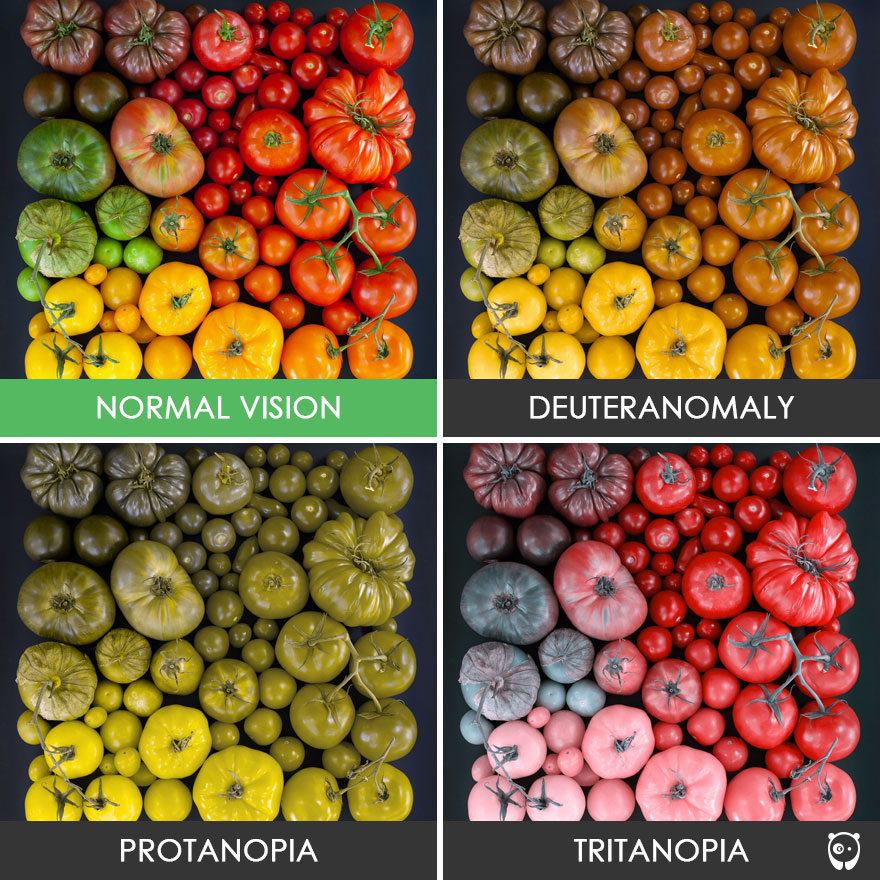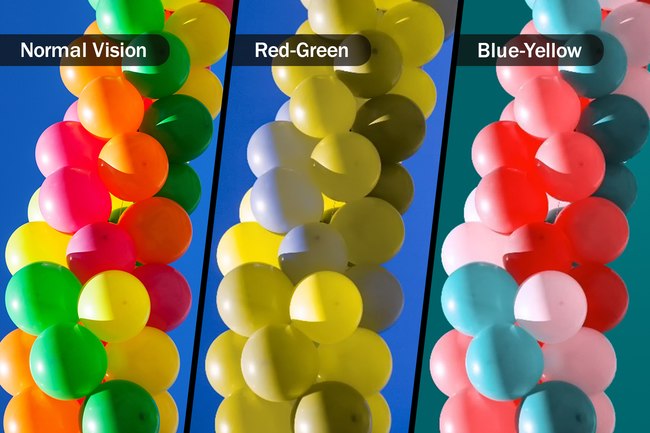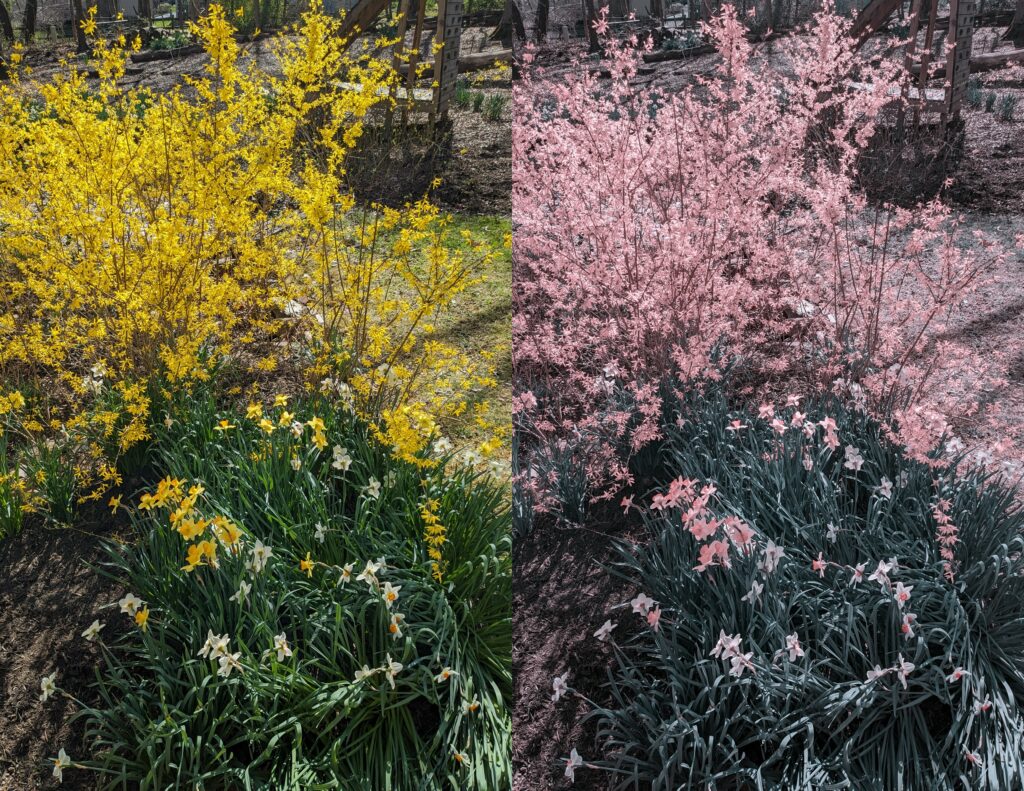
For me, forsythia and daffodils are friendly reminders of the abundance of springtime. Yellow feels so happy and cheerful. I love spring in general, but yellow specifically, as a herald of growth and vitality.
Imagine my disappointment when I learned last week that my child can’t see yellow. At all. Never in her life has she seen yellow. She is a teenager and we are only just now noticing this yellow deficiency! Now, the blooms remind me of her loss. They are symbols of a joy she will never experience.
Tritanopia (the official name for yellow-blue color deficiency) is not as common as the familiar red-green x-chromosome linked color deficiency. This type occurs equally between men and women, showing up in about 0.005% or 1 in 20,000 people.
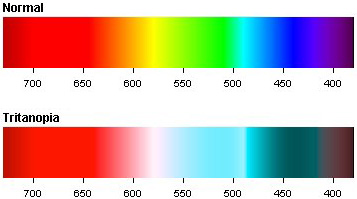
For my child, yellow and blue appear nearly identical. She can barely distinguish between orange, purple, pink and green as well. In fact, contrary to what the name implies, my child’s world is almost completely blue. Realizing she has this lack leaves me feeling sad for her.
Also, I wonder how she could be a teenager and we never discovered this. How could we have missed something so fundamental about her perspective? I think of the number of conversations in fabric stores, art museums, or grocery shopping. Color is woven into nearly every topic. How did we not notice that she couldn’t see what we were pointing out?
What I’ve learned for sure is that I cannot expect others to understand my perspective. Even if it seems obvious to me, they might be having a different experience. And they might not even realize it!
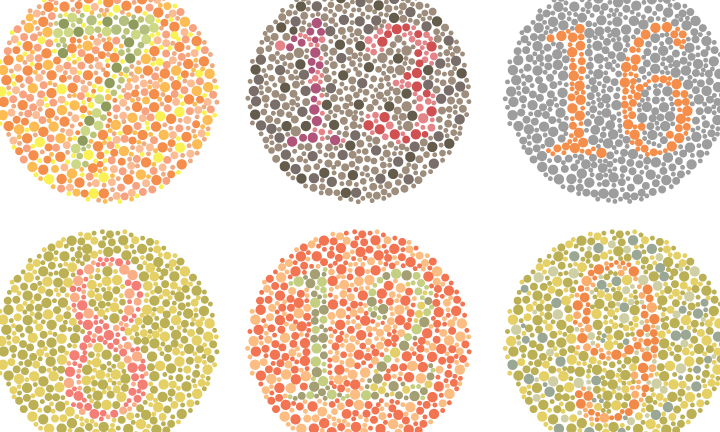
When her homeschooling friend shared with her what he had learned in biology about the structure of the eye, he casually showed her the classic pebbled numbers. At first, I thought she might be teasing us when she said she couldn’t see the numbers. Initially, we were worried this color vision deficiency had been a recent development, and peppered her with questions. “I think I might have seen yellow before…” she mused. “I know that bananas are the color yellow for you even if they don’t seem that way for me.”
Though genetics can play a role with this type of color blindness, disease can, too. Thankfully, we were seen quickly by an ophthalmologist. I was enormously relieved to get the report of a healthy eye. Her vision is perfect, they said. Her eye is healthy. She merely can’t see some of the colors.
How did she ever color a picture? “Because I could read the names of the colors on the markers,” she explained. How did you ever match clothing? “Because I trained myself to recognize variations in the shades,” as if that’s how we all do it. Sheer memorization!?! Life could be so much easier!
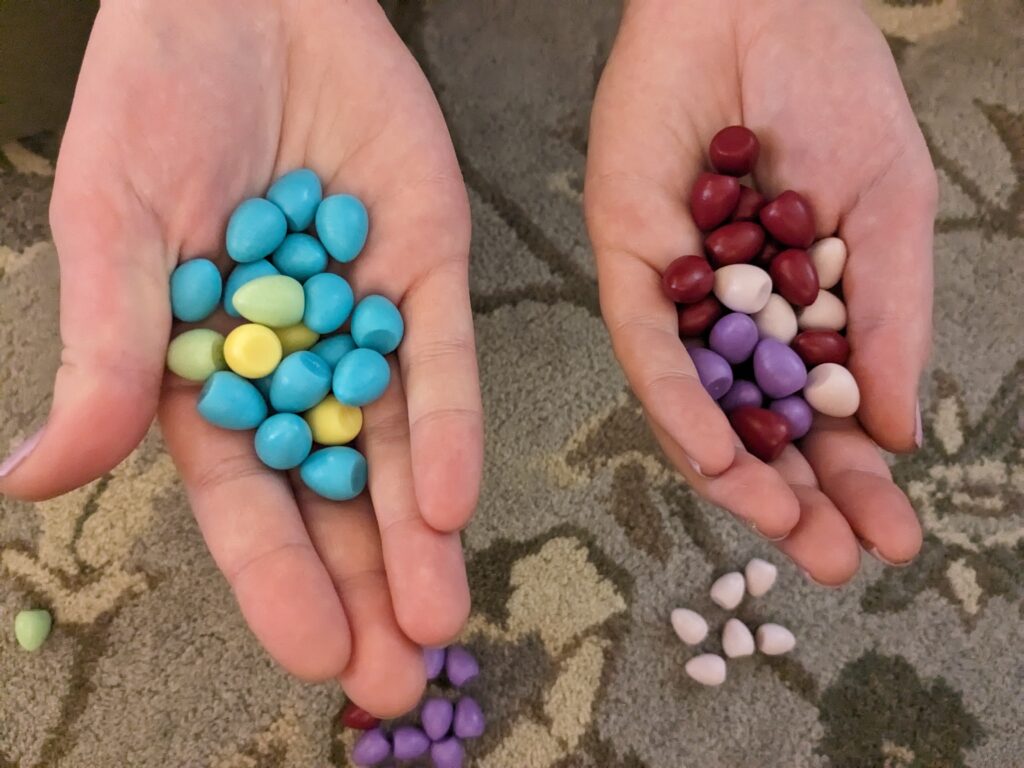
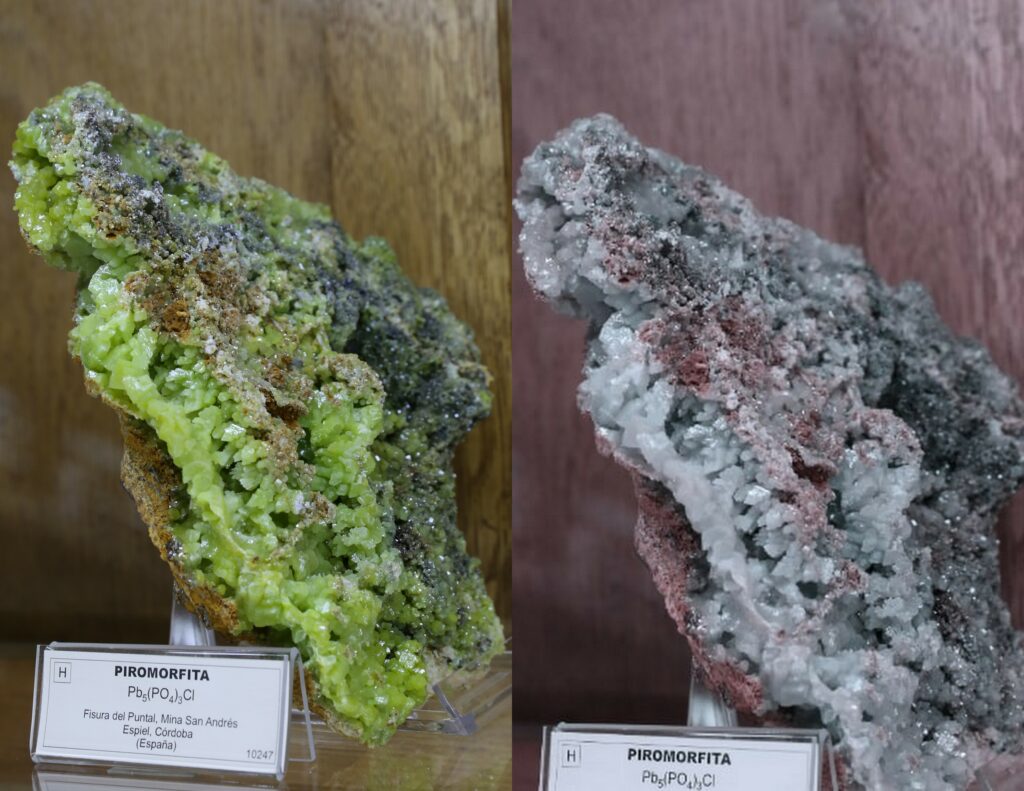
The image I see on the left, with a simulation of what my daughter sees on the right.
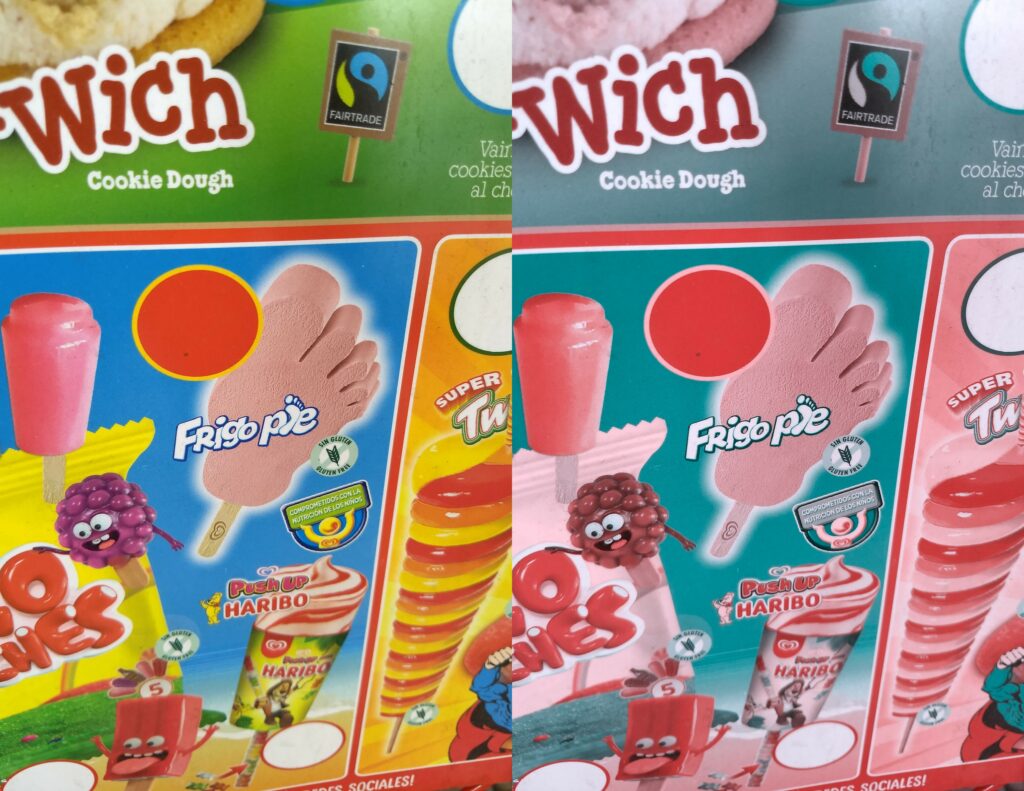
Now that I know of her deficiency, I can respond with greater love and compassion. I can offer her additional information to support her decisions. I can be more patient. Yellow is now a reminder for me of how to be a better parent, teacher and friend.
